What is a shotgun house? The history behind this tiny one-of-a-kind architectural style
Shotgun houses are an important part of America's architectural history and are unique in both design and story
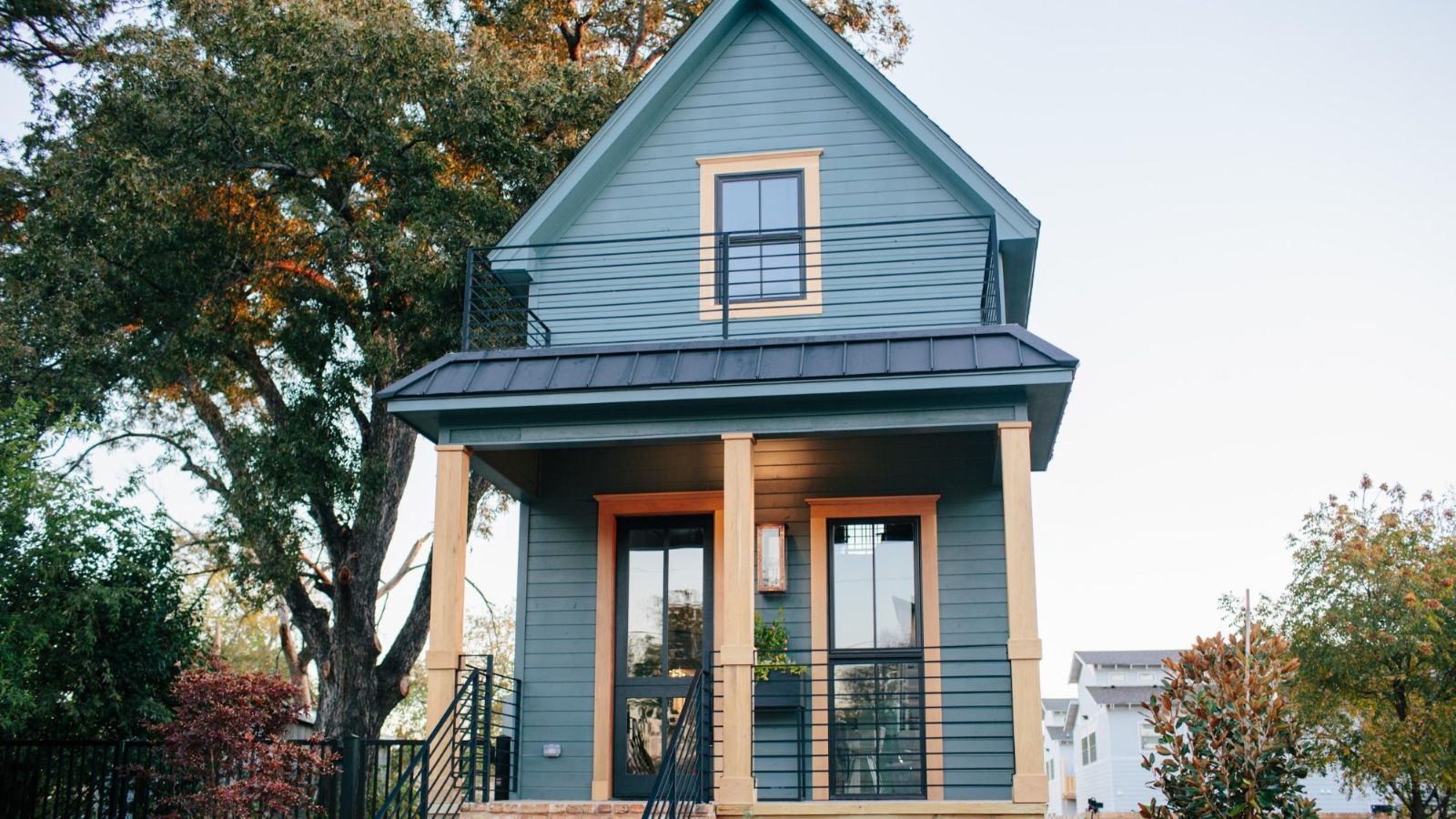

'Shotgun' is a long-established house style in the United States, best known for its narrow structure and linear layout. Dubbed shotgun due to its slender architecture that would theoretically allow a bullet to be fired from one end to the other, these houses are scattered across the country but are most common in southern states, namely New Orleans.
A house style that popped up in the 19th century, shotgun houses were a popular architectural style that was easy to design and construct, a solution to housing shortages during the Civil War. While shotgun houses vary in style, almost all are less than five meters wide, composed of a distinctive wood frame, and are raised slightly above the ground.
What is a shotgun house?
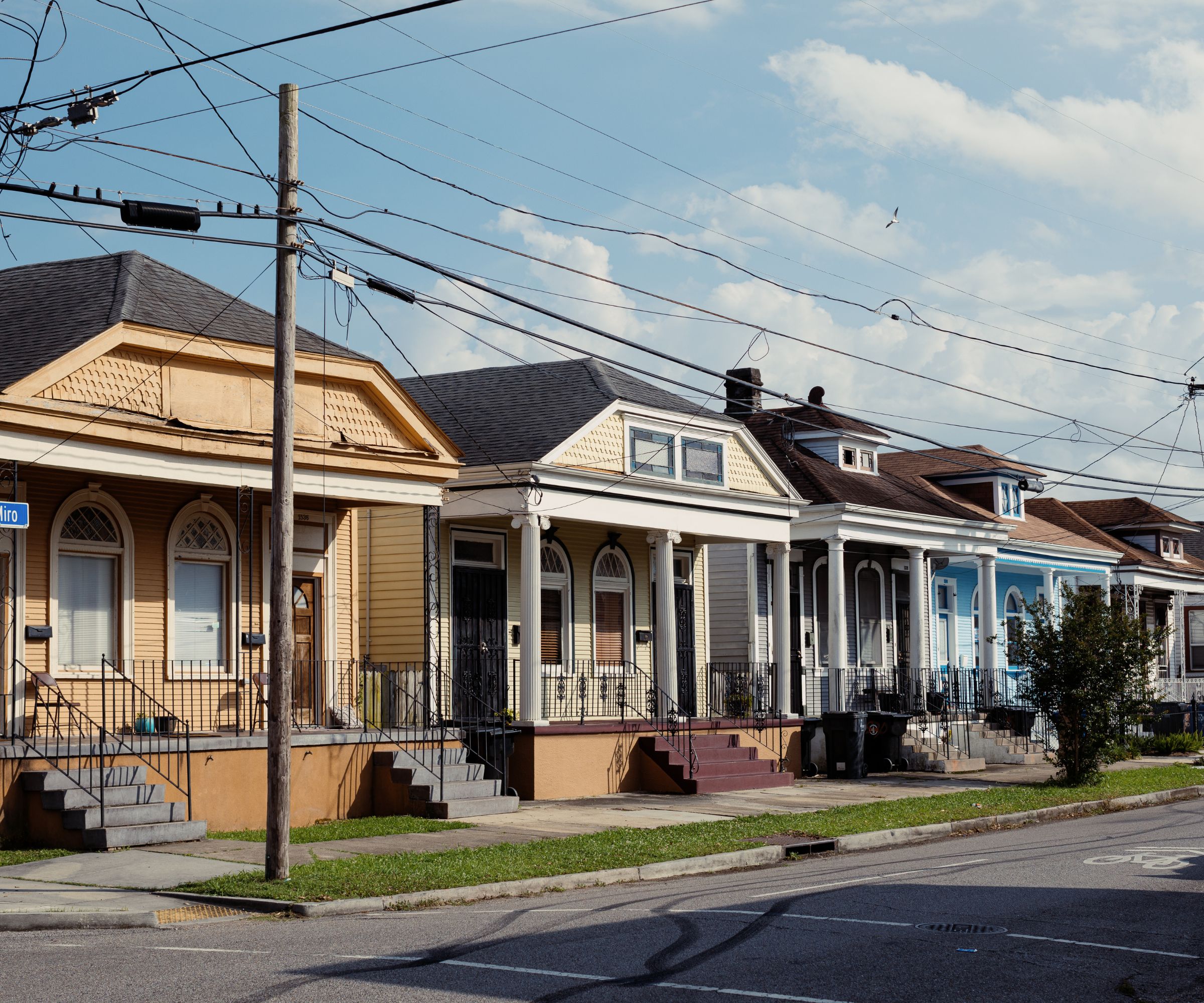
Shotgun houses are unique in both design and story, representing an important chapter of America's history.
Jacob Naig, from Webuyhousesindesmoines, says 'Houses were built to be low-cost, efficient homes that could accommodate the rapid urbanization and crowded living conditions in places such as New Orleans, Charleston, and parts of Florida. Being narrow, their design suited land use and the expansion of towns, and worked well in cheap land areas, which saw rapid expansion. Key features of the shotgun house are both simplicity of design and construction, which is why it has been able to be so adaptable in terms of setting and market.'
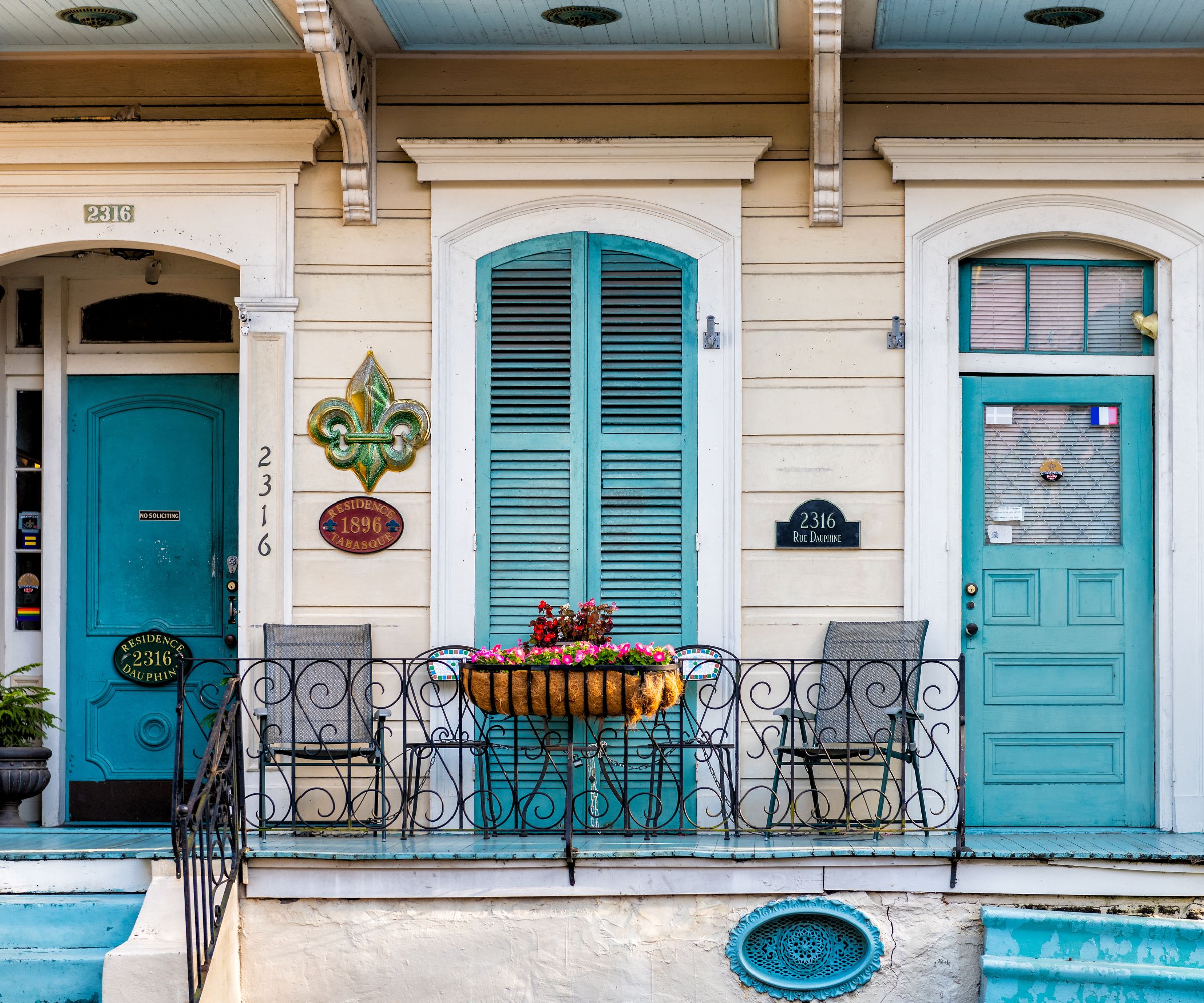
You can pinpoint a shotgun house due to its unusual construction. Narrow and long, properties designed in the shotgun style have a distinctive charm and quaintness filled with history.
Claire Cox, an expert in historical styles with Page & Turnbull in San Francisco, explains 'This house typology is characterized by its one-story, narrow, rectangular footprint with a gable or hipped roof and front porch. The layout is generally one room wide by three to five rooms deep, and each room opens in a line to the next without the use of a hallway. This allows airflow in the hot, humid climate of the South.' Shotgun houses also have high ceilings for cooling purposes, and their lack of hallways allows ventilation to reach the furthest side of the house.
While some shotgun houses have relatively simple, facades, others are decadent and grand, featuring bespoke front porches and architectural details. Claire adds, 'Ornamentation of these vernacular structures varies from minimal detailing to the intricate woodwork characteristic of Victorian Era-styles.'
Design expertise in your inbox – from inspiring decorating ideas and beautiful celebrity homes to practical gardening advice and shopping round-ups.
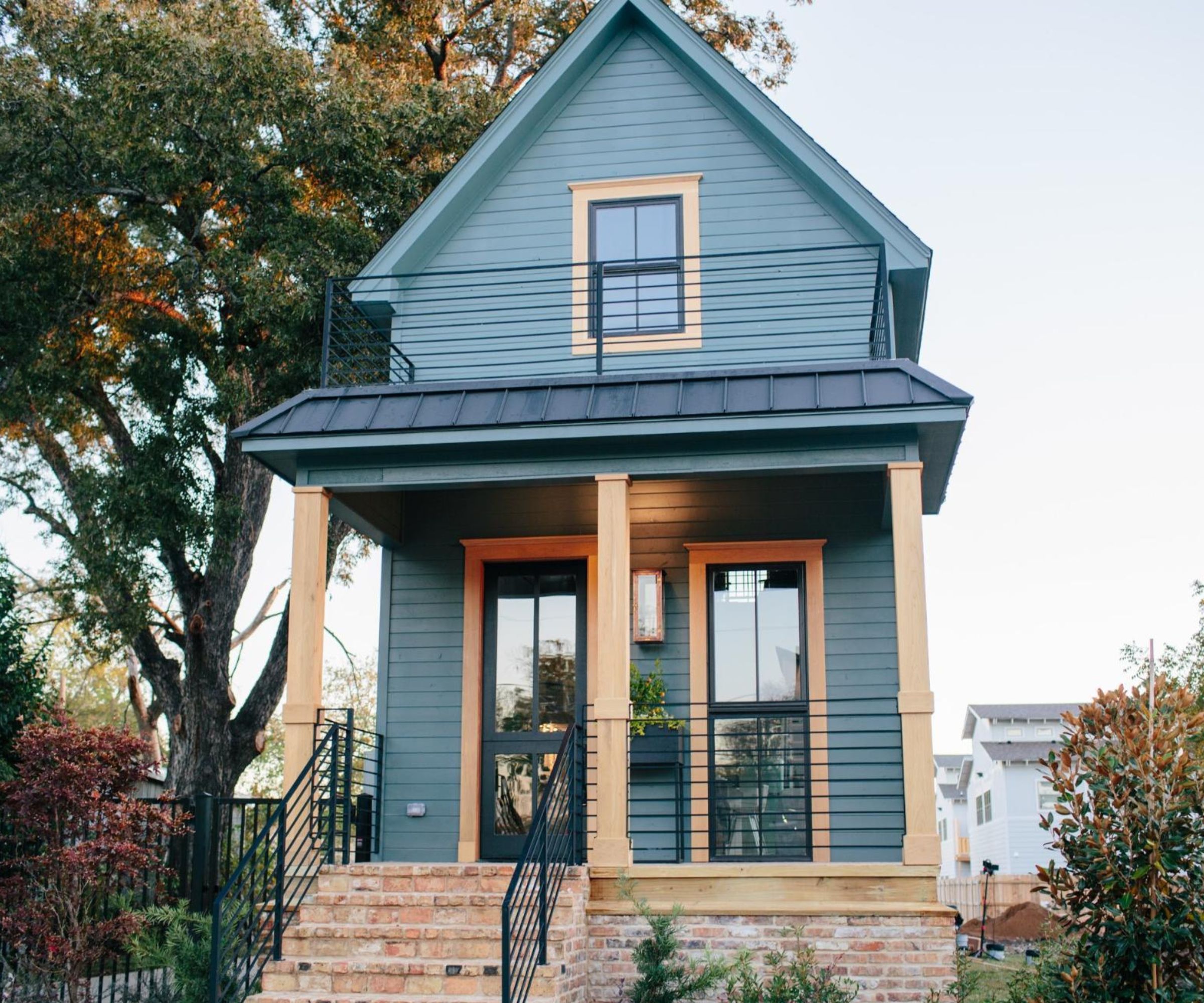
Jacob says, 'Originally, Shotgun houses were modest and no-nonsense, but there are plenty of updated versions that have been flipped, so now you can find them looking chic and modern. These airy properties, with their historical appeal, are favorites for renovation, particularly in cities that prize their distinctive architectural heritage.'
Interior designer Joanna Gaines transformed the undone shotgun house pictured above in her 'Fixer Upper' series. She breathed new life into the abandoned property, reconstructing its roof and facade with new wood panelling and a lick of sophisticated blue paint. Despite following exterior paint trends and using newer materials, it's the perfect example of a historically sympathetic renovation, acknowledging its past and bringing it back to life with a contemporary eye.
One-of-a-kind in story and design, shotgun houses are an important chapter in America's rich architectural history. They stand as reminders of early 19th-century design and represent the diverse past of neighbourhoods all over the country.
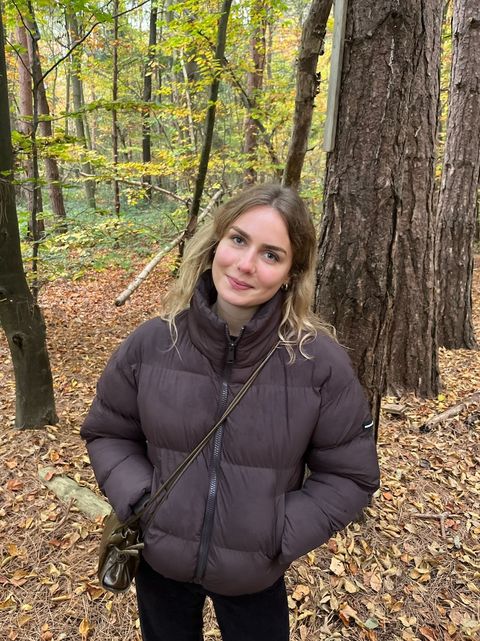
I am the Interior Design News Editor at Homes and Gardens, covering mainly US-based designers and trending news stories. My love for interiors began when I interned in an interior design studio, working on commercial and private spaces. My passion grew while working in production, where I sourced beautiful locations for photoshoots and campaigns. Outside of work, I enjoy collecting antique decor and mid-century furniture for my home.
You must confirm your public display name before commenting
Please logout and then login again, you will then be prompted to enter your display name.